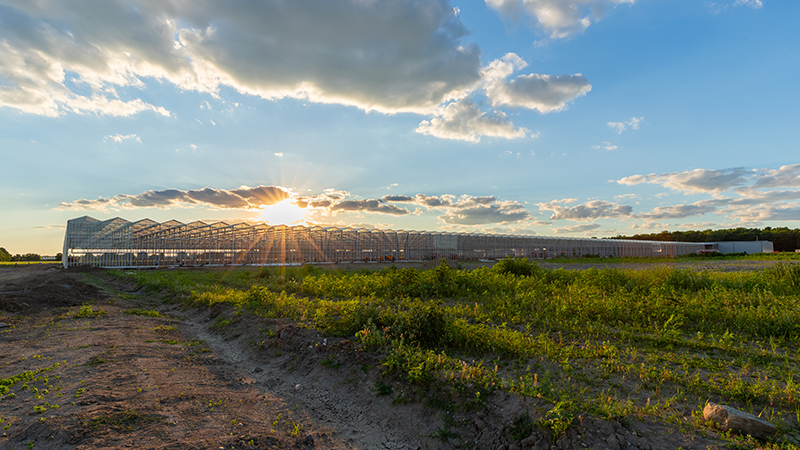Let’s Celebrate the Plants That Overcome the Obstacles

Heliopsis ‘Bleeding Hearts’ produces a seemingly never-ending supply of yellow, sunflower-like flowers. Photo: Allan Armitage
I recently took a 10-day excursion to southern Utah with my ever-patient wife and another couple, and hiked the five great national parks there. This was to be a holiday. After all this COVID-19 trauma and angst, and finally believing that most everyone was double-vaccinated, it was time for a break. I also knew that in the canyons of Bryce, or the chasms at Zion National Park there would be few plants to see, so I would relax.
Wrong again; you should have seen the plants! Charles Darwin would have been proud. There were acres of spectacular but barren rock, but every now and then, I would spot twinpods and twistflowers, Ephedra and locoweed, and a ton of daisies, most of which I had no idea as to their names. In this super-hot (we recorded 111°F) and arid summer environment (from June to September, about 4 inches of rain falls. Their life processes were finely tuned to require a minimum of water, and leaves and stems evolved to lose almost no moisture at all. They had a distinct advantage over plants with large leaves and adapted where others did not.
Darwin said it best: “It is not the strongest of the species that survives. It is the one that is most adaptable to change.”
Survival of the Fittest
As we sat under the ink-dark skies drinking a little wine and enjoying a true starry night, I started thinking of the evolutionary IQ of those plants that adapted and thrived, leaving others to perish. As I pondered the inevitability of life’s processes, I found myself wondering why we were all asked to wear masks on the buses, in the restaurants, and anywhere indoors in the parks. It was obvious that the only reason we had to continue this tedious habit was because of the number of unvaccinated people in the country. So, I had to wonder, where is Darwin when we need him? That we are even still talking about COVID-19 any different than seasonal flu is simply because of the hospitals full of unvaccinated sick people. Geez, people, let’s move on!
My other Darwinesque thoughts had to do with the plants we sell. Obviously, the plants we use are not subject to such extremes of soils and climate (that is what zone maps are for), but they are buffeted by other forces. For example, some plants are favored by heavy marketing, through websites, garden journals, and greenhouse magazines like this one. They have an advantage over other plants that may be as good or better, but are not backed with sufficient marketing funds to be noticed right away.
With the merger of large breeding concerns, some plants are ready for billboard-time, even before they have been planted in a single garden, while others (as before) struggle for traction. However, there is one thing that has always leveled the playing field, on any product, since products were sold.
It is called word of mouth. If a plant displays excellent growing characteristics and, more importantly, superb landscape performance, landscapers and gardeners, designers, and architects will quickly hear of it, and it will take on a life of its own. Plants with high-profile market personas may attract initial interest but if performance disappoints, they will fade like shadows. Plants that excite landscapers and gardeners year after year will stay as bright as the sun. In far less evolutionary terms, this, too, is survival of the fittest.
We are a business, and spreading the word is an integral part of what we do. I cannot think of any company or plant that has been successful over the years without some press. In the old days, before blogs and the Internet, everyone struggled to get their message in front of consumers, and while today it is far easier, no message replaces reality.
In this spirit, I wish to give my word-of-mouth endorsement to three plants that continue to excite me:
- As an annual, I can’t say enough about the Soiree Kawaii series of Vinca from Suntory Flowers.
- As a perennial, every year I see it, I am more impressed with Heliopsis ‘Bleeding Hearts’ from Walters Gardens.
- As a shrub, save me Lord, but I have fallen in love with Hydrangea paniculata ‘White Wedding’ from Southern Living Plant Collection and Sunset Western Garden Collection.
Just helping Mr. Darwin along.









